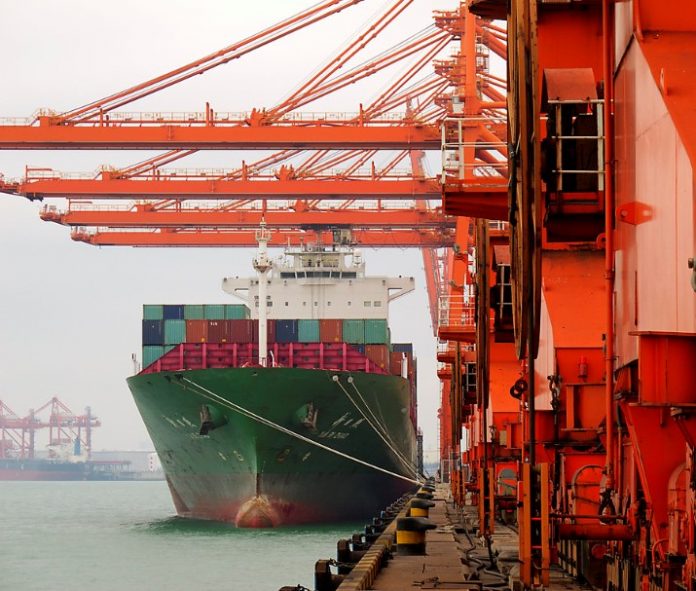Guangxi Beibu Gulf Economic Zone Planning Construction and Administration Office is striving to increase container throughput along the Beibu Gulf Rim to develop China’s southwestern gateway to Southeast Asia.
The Beibu Gulf Rim, also known as Gulf of Tonkin Economic Belt, is the area surrounding China’s southwestern coastal region around the Gulf of Tonkin. The region is part of the Chinese government’s “Go West” strategy, to boost its less developed western regions.
The “Go West” campaign, has resulted in many construction projects in cities on the Beibu Gulf, especially in Guangxi, becoming a highlight of China-ASEAN cooperation, particularly with Vietnam, which cooperates in this economic zone. It covers Guangdong, Hainan and Guangxi, and northern and central Vietnam.
In 2019, Beibu Gulf container throughput reached 4.16 million TEU, up 29% from 2018. Major regional container ports include Qinzhou and Fangchenggang. Growth continued in 2020, with Beibu ports processing 923,900TEU from January to March, up 33% year-on-year.
To expand cargo supply, shippers moving goods to and from Guangxi Zhuang Autonomous Region are encouraged to use Beibu Gulf ports. In January, the freight train between Liuzhou in Guangxi Zhuang and the region’s northern sector began optimal operations, having attracted cargoes from outside the region.
In the first three months of the year, 635 rail movements were completed, up 40% from a year ago. Transit cargoes are expected to reach 78,000TEU in the first quarter of 2020, up 457% from last year.
The Beibu Gulf economic planning office has actively developed foreign trade routes, working with Chinese liner operators including SITC Container Lines to connect the region to Southeast and Northeast Asia.
As of March, the Beibu Gulf features in 47 liner routes, of which 41 call at Qinzhou. As part of the Belt and Road initiative, Chinese authorities have designated Qinzhou as the logistics hub of Beibu Gulf.
Martina Li
Asia Correspondent







